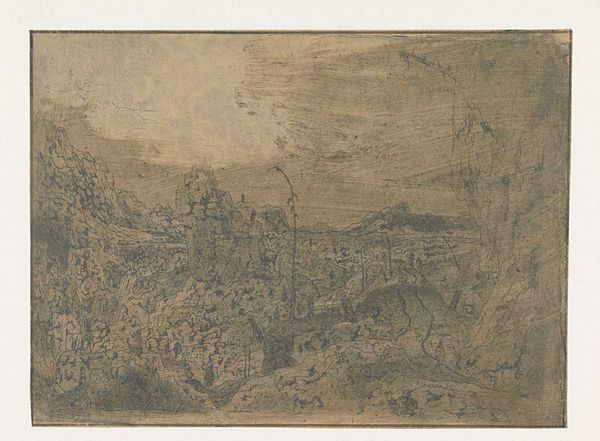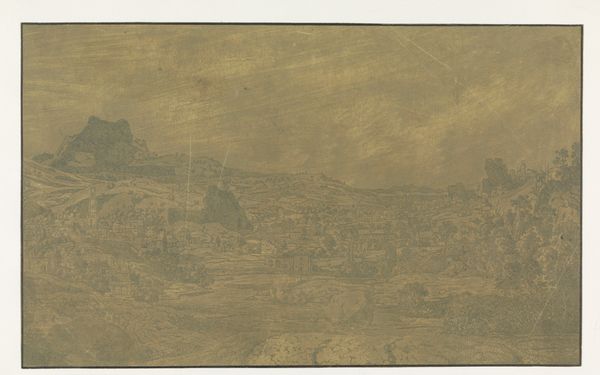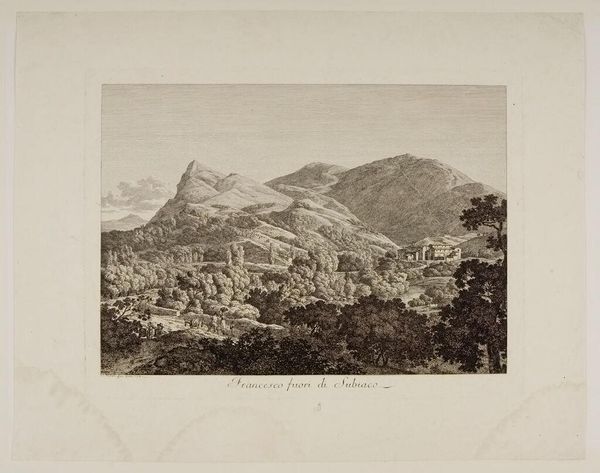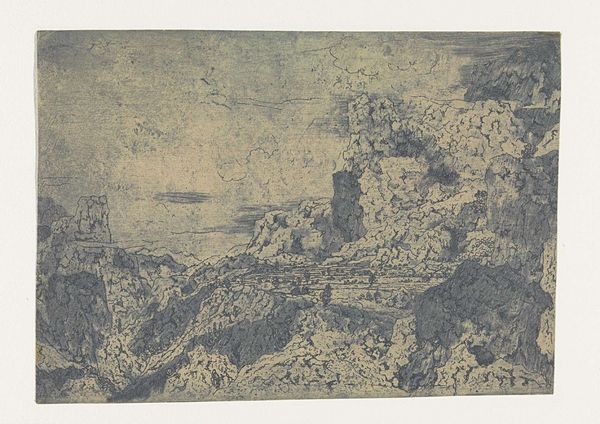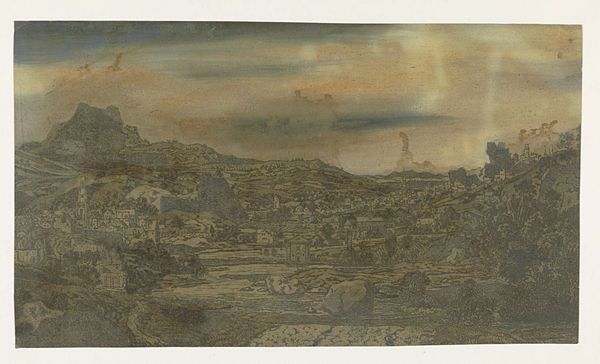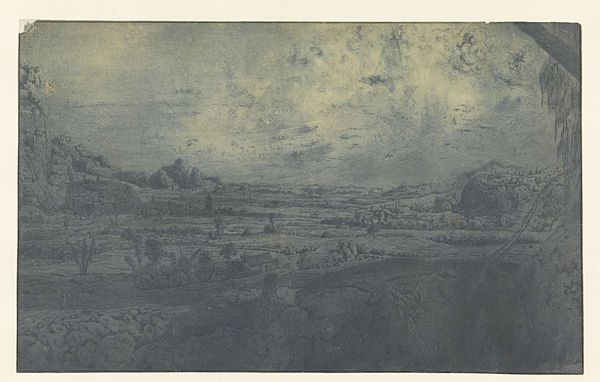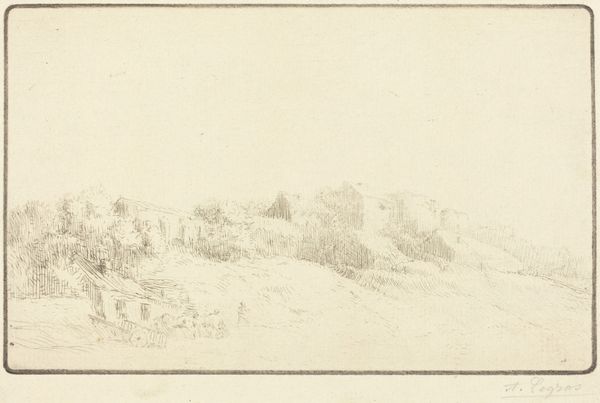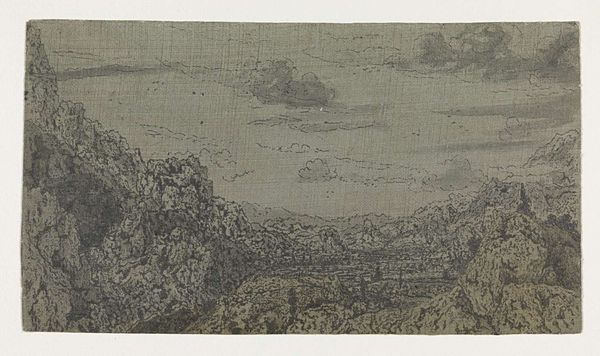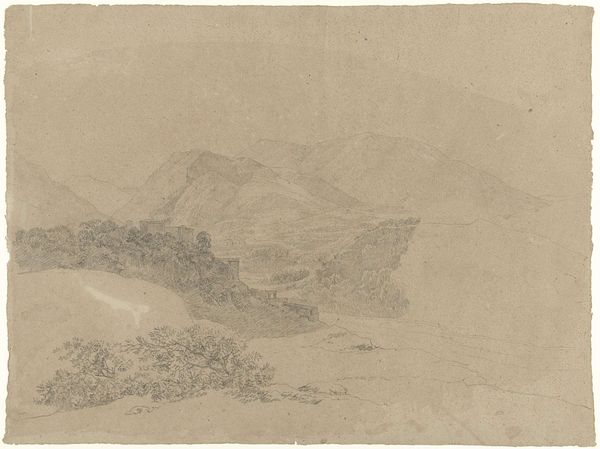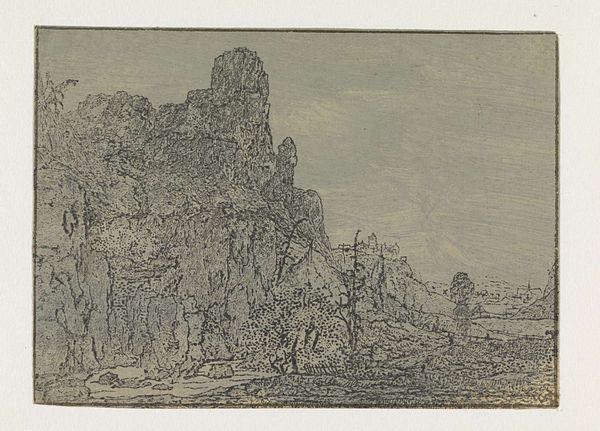
print, etching
#
baroque
# print
#
etching
#
landscape
#
cityscape
Dimensions: height 120 mm, width 203 mm
Copyright: Rijks Museum: Open Domain
Hercules Segers etched this print, depicting Roman ruins with a distant city, around the early 17th century. Here, the motif of the ruin carries significant weight. Ruins, as symbols, evoke the transience of human achievement and the inevitable decay of civilizations. We see this sentiment echoed across time, from the crumbling empires depicted in Piranesi's etchings to the Romantic poets' fascination with lost grandeur. Consider the arch, a recurring element in Segers' composition. The archway, initially a symbol of Roman power and expansion, transforms into a melancholic frame through which we glimpse the past. This mirrors its use in later art; for instance, in Symbolist paintings where arches become portals to dreams or memories. The emotional power of Segers' print lies in its ability to tap into a collective memory of loss and the cyclical nature of history. These Roman ruins, therefore, are not merely stones; they are potent symbols of a shared human experience, forever resurfacing in our art and psyche.
Comments
rijksmuseum about 2 years ago
⋮
Segers etched two plates for this print. One was a tone plate with fine crosshatching, which he printed in a greyish blue. The other had the depiction of the ruins and the city, which he printed in black over the tone.
Join the conversation
Join millions of artists and users on Artera today and experience the ultimate creative platform.

